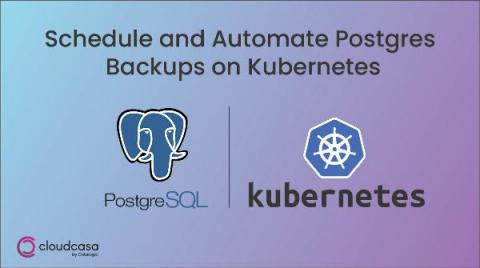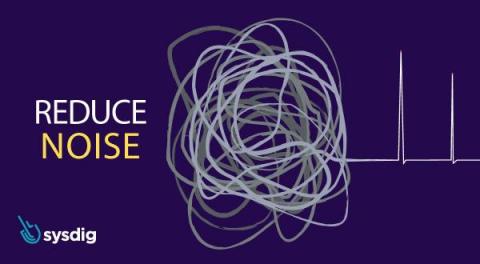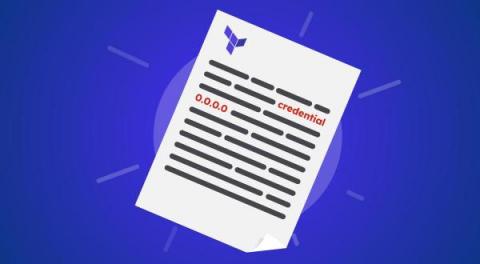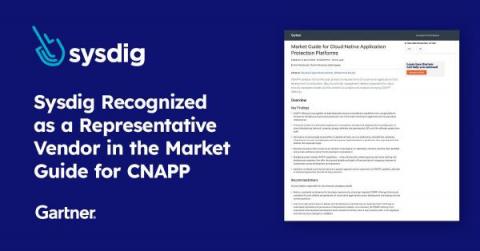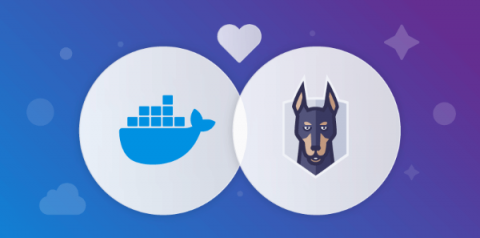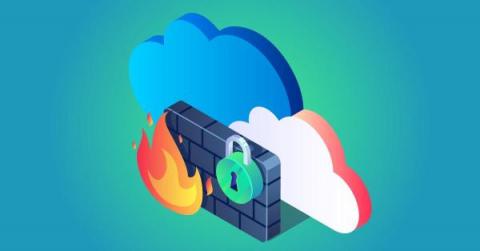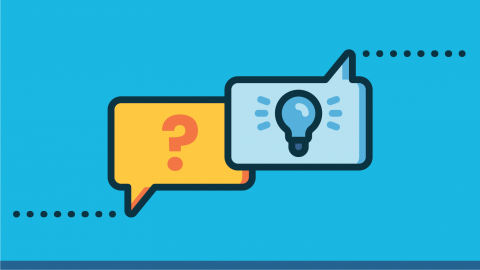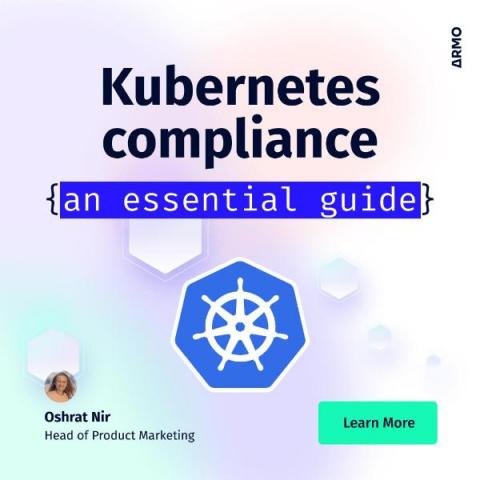Schedule and Automate Postgres Backups on Kubernetes
Postgres, also known as PostgreSQL, is a powerful open-source relational database that has been around for over 30 years. It has a strong reputation for reliability, scalability, and performance, which is why it is used by a wide range of organizations, from small businesses to large enterprises, across various industries. Whether you need to store and retrieve large amounts of data, run complex queries, or support business-critical applications, Postgres can handle it all.


